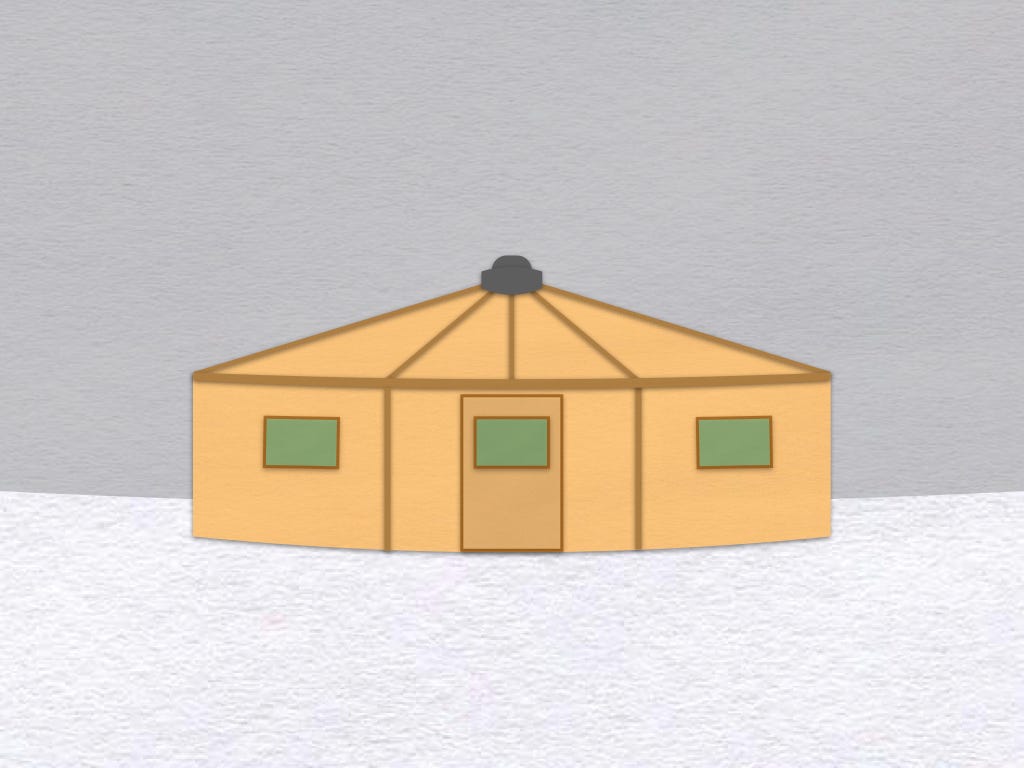18.) Winter War.
The experience of going into action in wintertime caused us to learn the following about movement and fighting:
a.) Marching: A motorized snow removal platoon should be established for each motorized unit used as a quick-reaction force [Eingreif Reserve]. In difficult situations, such as places where the road is steep, working parties from stationary units should be used to clear snow and spread sand. Otherwise, a single prime mover can block a road for hours. At times, the road is so slippery that a capstan is needed to pull each artillery piece up a steep climb. He who has seen the way that snow impedes movement will not reproach the troops dealing with it for their tardiness. Thirty or forty centimeters of snow greatly reduces the mobility of one- and three-ton prime movers. In many cases, the anti-tank guns cannot be moved cross-country.
One should not call marching groups out of their rest areas until he is sure that movement will be quick and the way is clear.
Motorized units can easily deal with short stretches of road that are hard to drive on. However, we should not tolerate situations in which a unit is deployed out its rest or assembly areas in accordance with a theoretical march table and ends of up spending ten hours to travel five kilometers.
In winter, the regulation of traffic must be strengthened. In difficult situations, for example, when crossing a hollow cut by a creek, the vehicle on one side should not enter the difficult piece of ground until the vehicle on the other side has finished driving through it.
b.) Shelter.
Thanks to systematic training on the basis of the Winter War handbook, the division succeeded in teaching troops how to set up winter camps. This made casualties from frostbite relatively rare. Huts made of branches and Finnish plywood tents [Sperrholtz-Finnenzelte] worked particularly well. South of Olinen, the advanced detachment [Vorkommando] of a regiment (in winter, advanced detachments should be doubled in size) and prisoners of war built, in two days, a forrest camp for the entire [Regimentsgruppe], which did a good job of protecting the units from the weather. However, this was only possible because of a lavish allocation of trench heaters and cast-iron stoves, which German soldiers prefer to open fires.
Source: This is a verbatim translation of an after action report submitted by the operations officer (Ia) of the Infantry Division Großdeutschland. A typescript of the original German report can be found in the records of the Tank Officer with the Chief General Staff of the Army [Panzer Offizier beim Chef General Stabs des Heeres.], U.S. National Archives, Microfilm Series T-78, Roll 620, Frames 923-945. Words in italic type were underlined in the original document.





